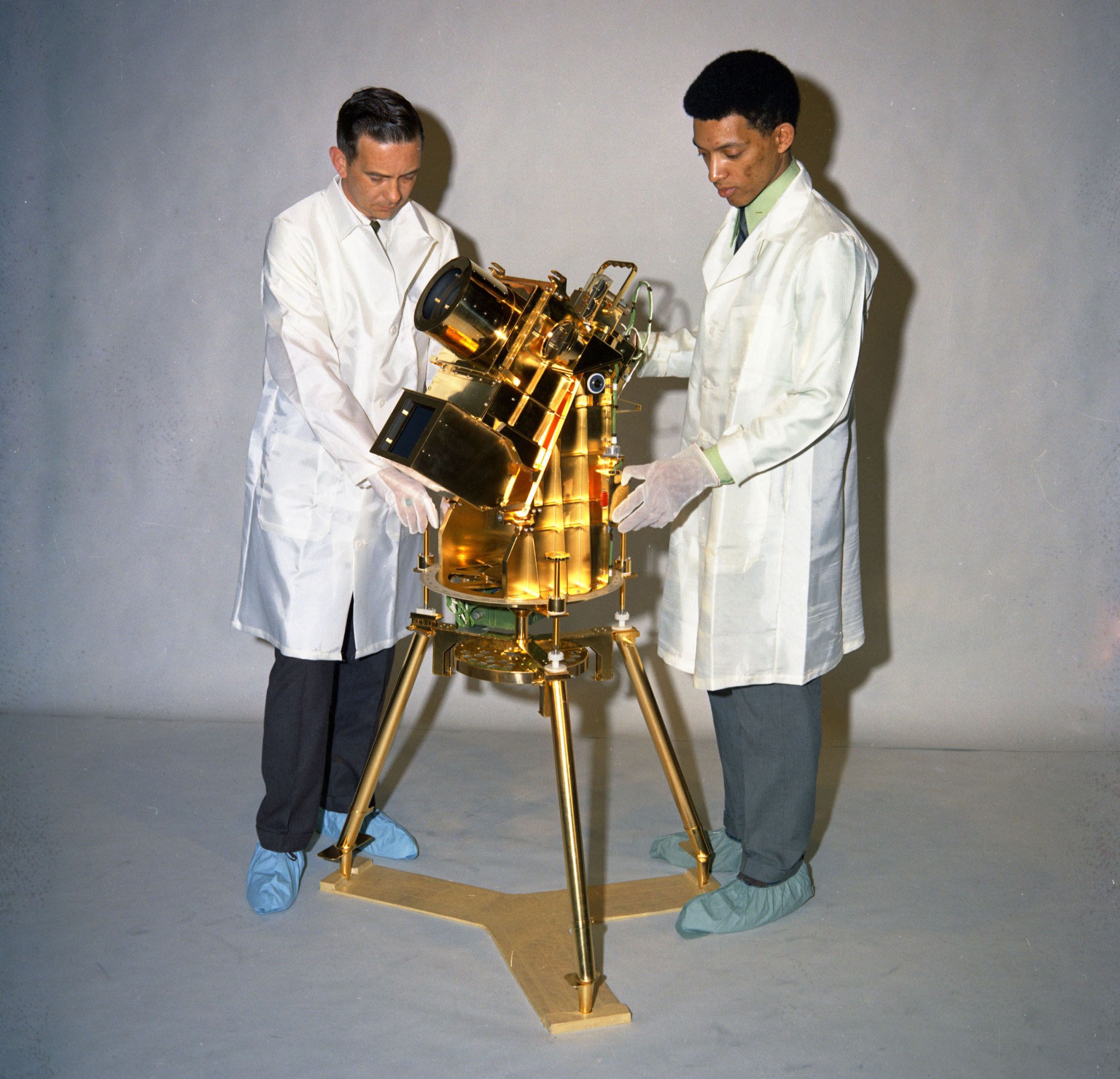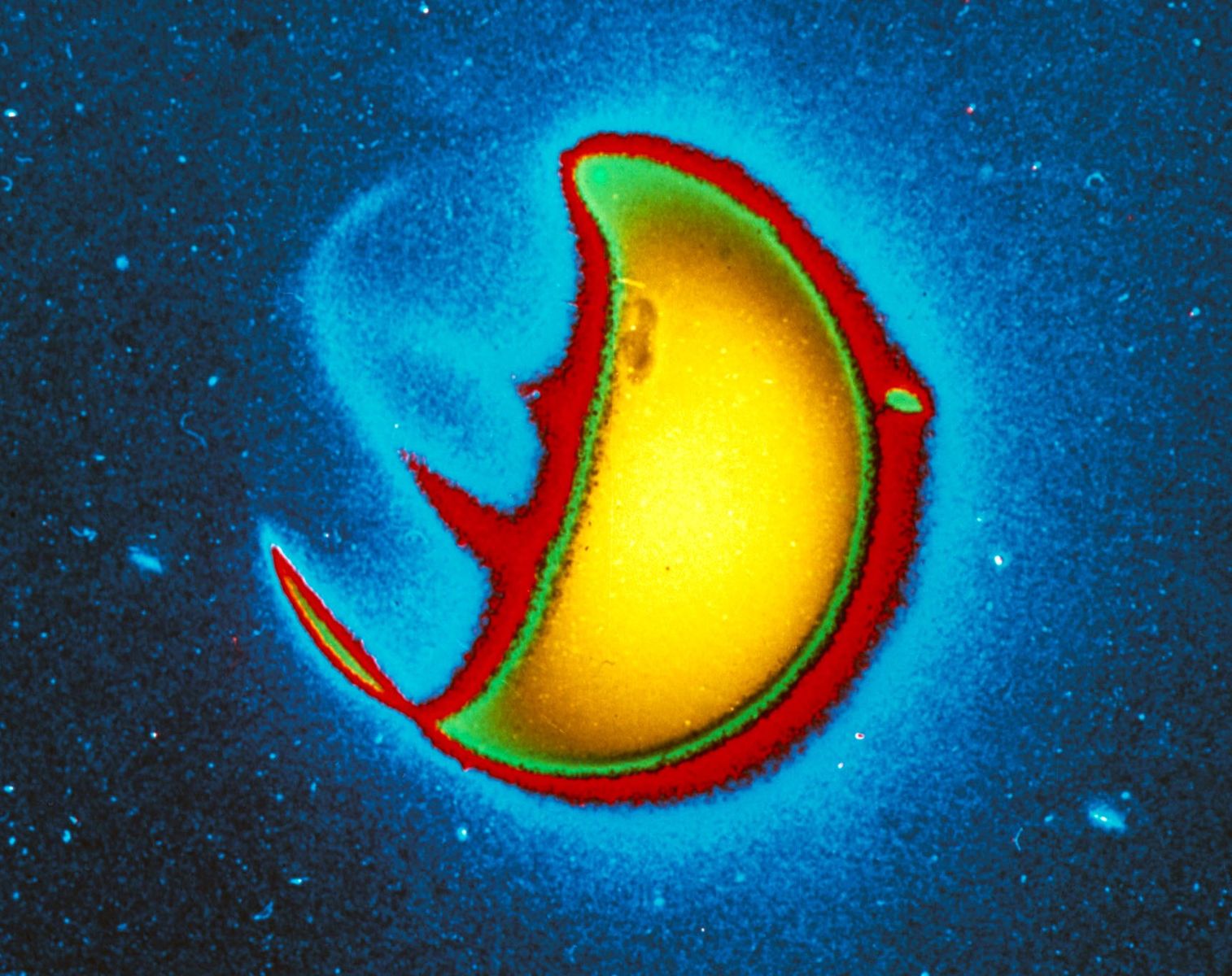Dr. George R. Carruthers (1939-2020) was a visionary scientist, inventor, engineer, and educator. Today, he becomes the namesake of a new NASA mission.
Carruthers’ family and friends gathered with leaders from the mission’s participating institutions to officially name the mission the Carruthers Geocorona Observatory in honor of Dr. Carruthers. The mission was previously known as Global Lyman-alpha Imager of the Dynamic Exosphere, or GLIDE. The renaming event took place on Dec. 2, 2022, at Carruthers’ alma mater, the University of Illinois Urbana-Champaign, where he earned his bachelor’s, master’s, and doctorate degrees in the 1960s.
The Carruthers Geocorona Observatory will observe Earth from space. The mission will capture light from Earth’s geocorona, the part of the outer atmosphere that emits ultraviolet light. It will be ready to launch in 2025.

It’s a fitting mission to don Carruthers’ name. In 1972, Apollo 16 astronauts planted a gold-plated telescope in the Descartes highland region on the Moon. That telescope, designed and built by Carruthers, captured the very first images of Earth’s geocorona from space.
Carruthers was active in student outreach throughout his career. In the 1980s, he helped create the Science & Engineers Apprentice Program, sponsoring high school students for a summer working at the Naval Research Laboratory. In the nineties, he developed educational materials and teacher trainings for public schools in Washington, D.C. After retiring in 2002, Carruthers taught a two-semester Earth and space science course at Howard University. His contributions to science and education earned him many awards in his lifetime, including the National Medal of Technology and Innovation awarded by President Barack Obama at the White House in 2013.
By Miles Hatfield
NASA’s Goddard Space Flight Center, Greenbelt, Md.



























